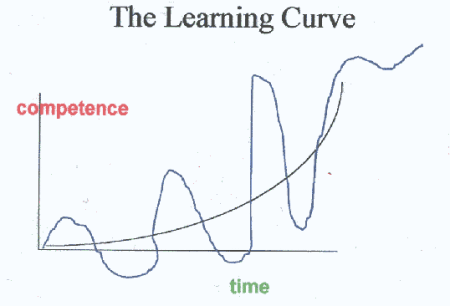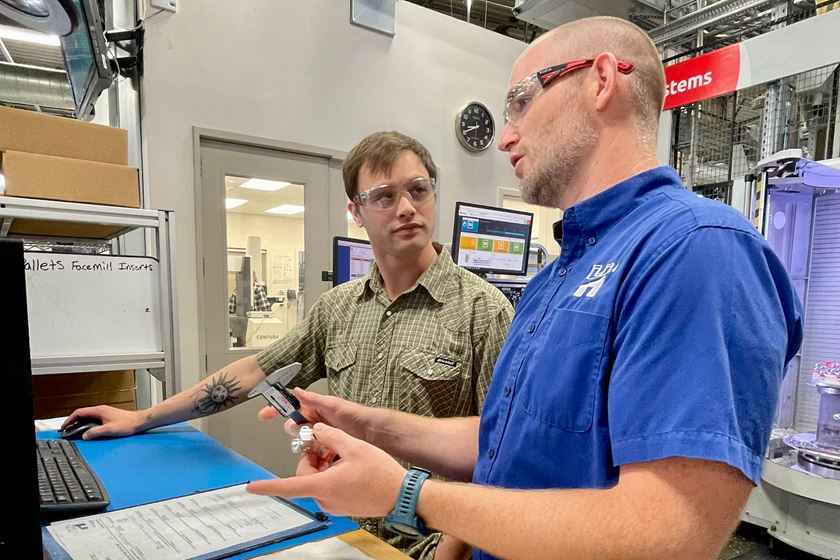Shorten the Training Curve with Cognitive Mapping, Part 1
Editors Note: This is a multi-part series about properly training your employees. Be sure to also read:
Part 2:Information Versus Knowledge

Helping trainees develop their cognitive map shortens the flat end of the curve and helps them get to competence quicker.
I am convinced we have done a very poor job in training our workforce. If we do not provide the employee with the right type of training material, he or she will have a much longer training curve.
The primary goal of training an employee is to help that employee form an accurate and verifiable cognitive map of their process at hand.
The cognitive map is that part of the learning curve that is often considered the plane and the majority of the upward curve. If we do not provide the employee with the right type of training material, he or she will have a much longer training curve.
All around us, we can see people doing things incorrectly because their cognitive map was incorrect. Our goal must be to help an employee create a verifiable cognitive map, in minimum time, and ensure it is accurate.
The techniques and material in use in industry today are not designed for the high percentage of people who are not successful in academic situations.
Our training techniques are not optimized for the people whose reading, writing, math and science skills are below the standards that our technology based industry requires.
We now have a different demographic in the factory worker population, and we are not making the changes needed to accommodate these new employees.
Our goal as trainers has to be to help these employees create an accurate cognitive map of their process. We need to do it fast to shorten thelearning curve.
最初发表在PMPASpeakingofPrecision.comblog.











